We tell what materials are used for the outer insulation of the facade and show the step-by-step process of insulation.
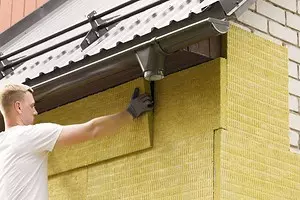
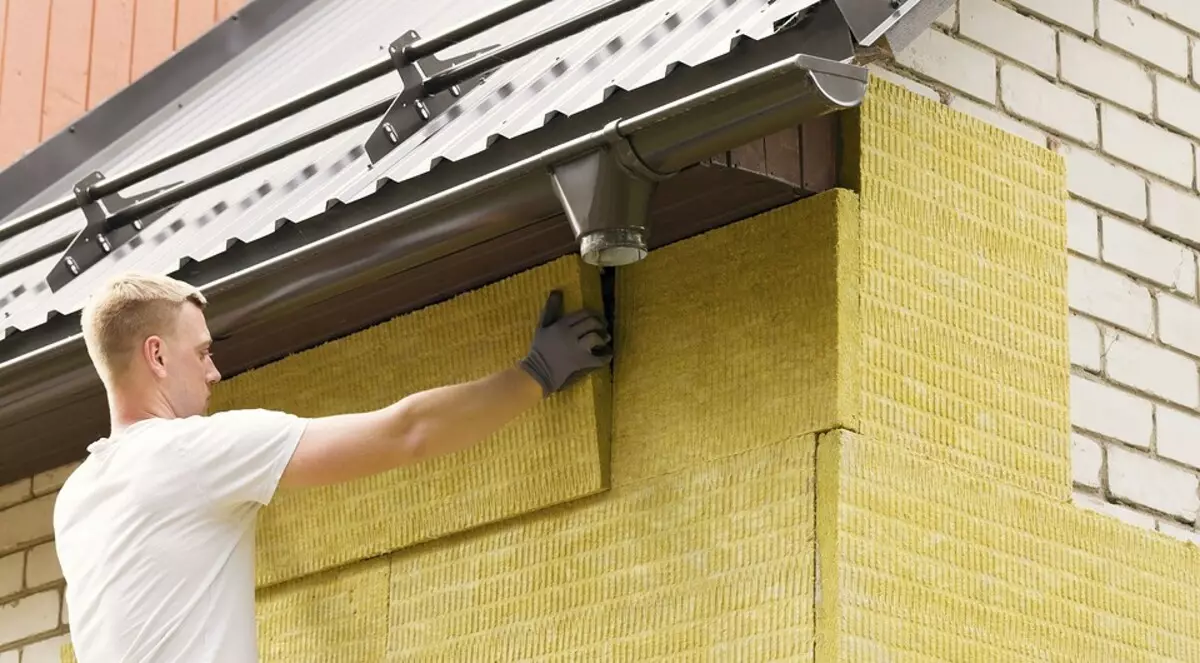
Through the tight walls of houses take up to 40% of heat. The external insulation system effectively reduces these losses, allowing you to save on heating and cooling.
Benefits of the external insulation system of the facade
In the house with a favorable microclimate, a person feels comfortable. This feeling consists of many factors, but one of the most important is the temperature of the air and walls. The external insulation system of the facade will help to make them warmer, which is recognized by specialists most rational. After its implementation, the dew point (the condensation zone of emerging vapors) moves beyond the limits of the material of the carrier wall.
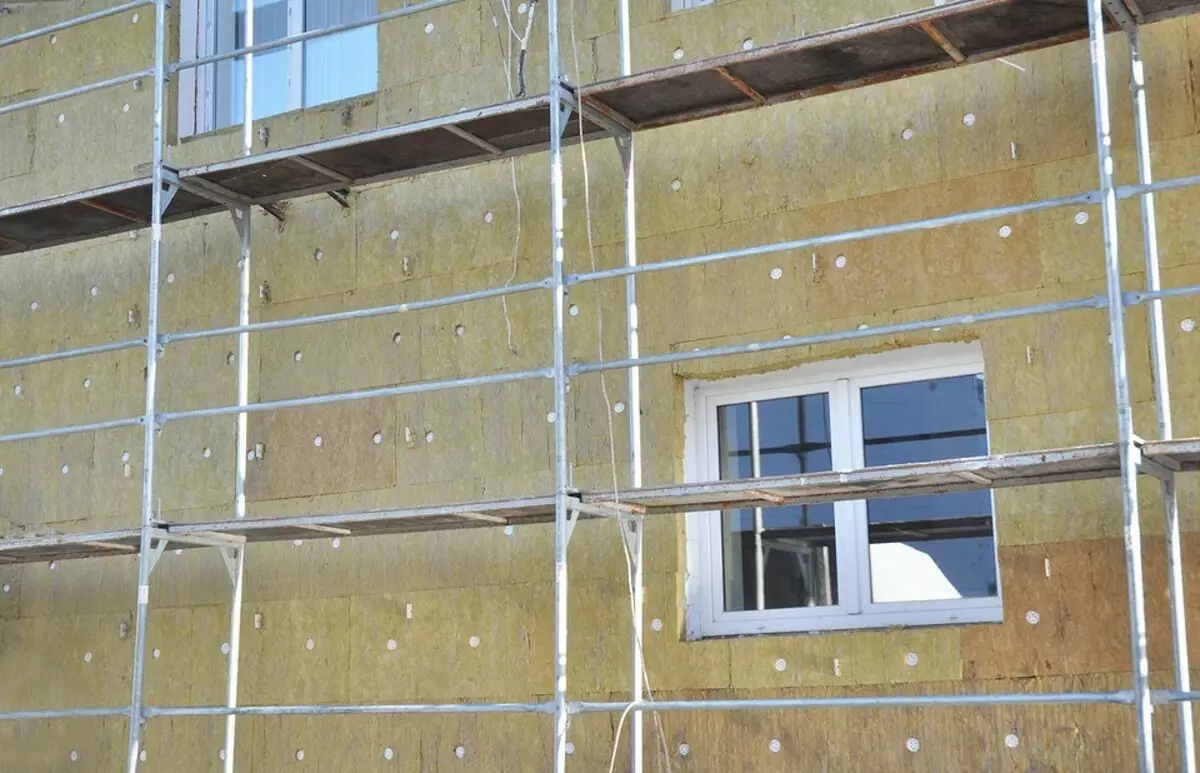
What materials use?
As insulation, polystyrene and mineral wool plates are most often used. Each of the materials has its pros and cons.
So, the plates of polystyreneol have a smaller mass and more democratic for the price. And the main advantages of mineral insulation: non-combustible and high vapor permeability. Insulation of this type do not prevent moisture output from the house into the external space, which helps to reduce the humidity of the enclosing structure and an increase in the period of its operation. At the same time, the insulation layer blocks the path of the heat flow from the bearing walls outside. Because of which the array of the wall will turn into a kind of battery, which will keep warm in winter and cool in summer.
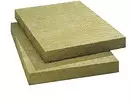
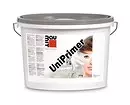
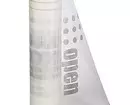
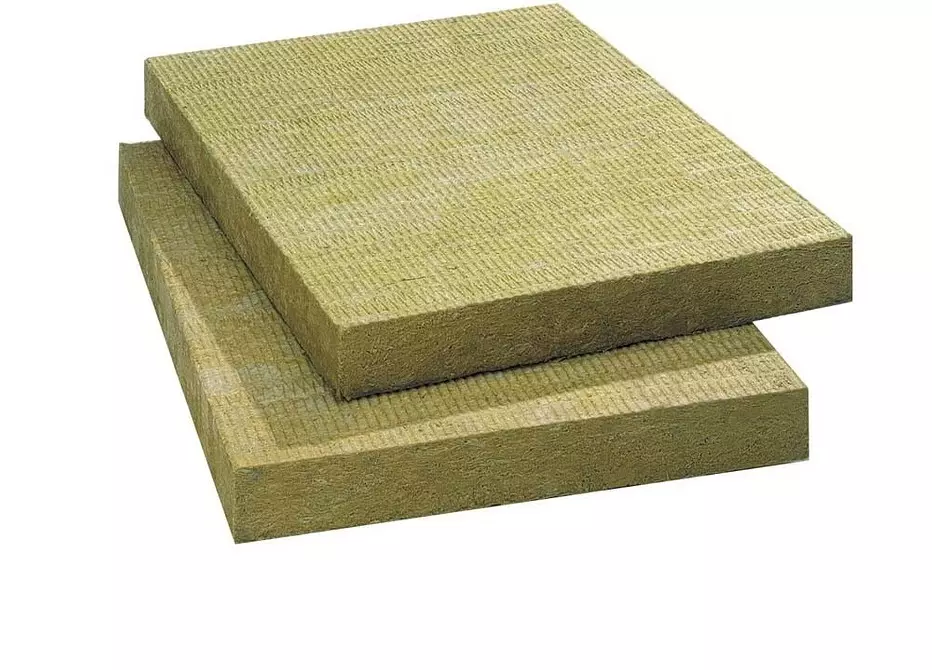
Ready-made solutions of facade insulation are very diverse.
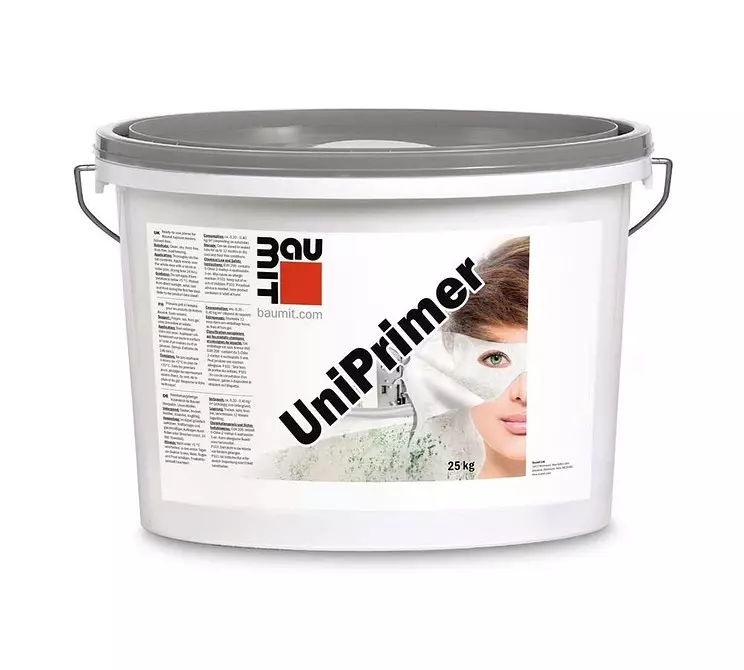
They take into account the material of the enclosing structures, climate and operating conditions of the house, pros and cons of different types of isolation.
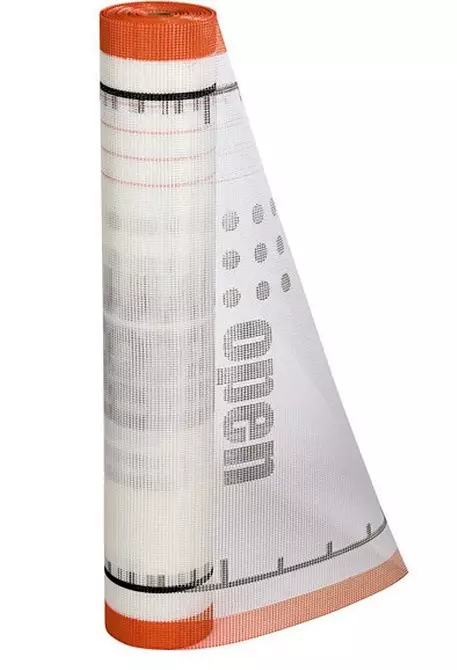
The most reliable and durable materials of materials from one manufacturer
The layers of vapor-permeable plaster and paint will protect mineral insulation from mechanical effects and moisturizing atmospheric precipitation. At the same time, the basic plaster layer reinforced with a special grid will increase the shock resistance of the facade and minimizes the risk of cracks. Additional elements from the grid: angles, window strips, etc. - will make it easier to install and will be positively affected by the durability of the finish.
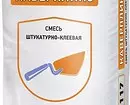
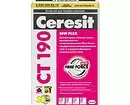
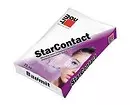
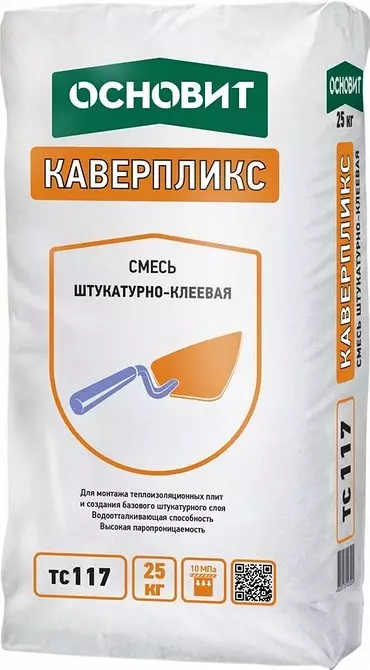
Mixtures are plaster-trained for installation of heat insulation plates and creating a base plaster layer with external thermal insulation of facades: "Kaerisplif CS117" ("BASE") (UE 25 kg - 505 rub.)
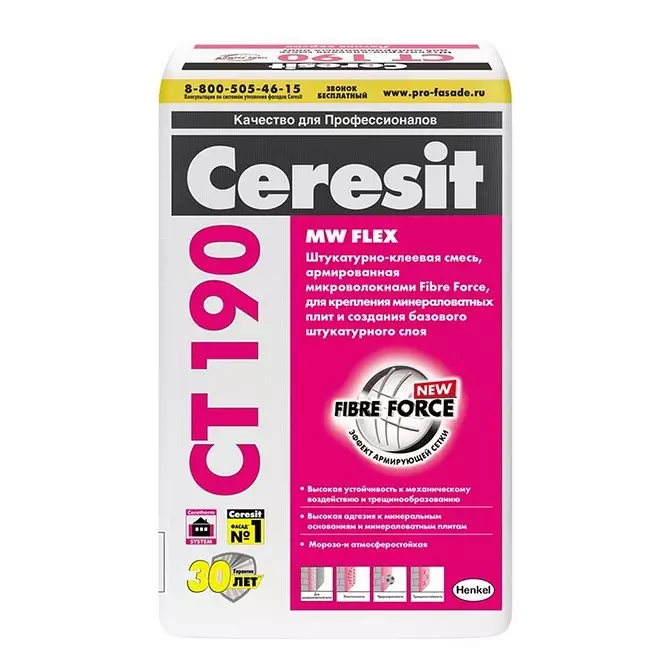
Ceresit CT190 (Henkel) (UP. 25 kg - 716 rubles.)
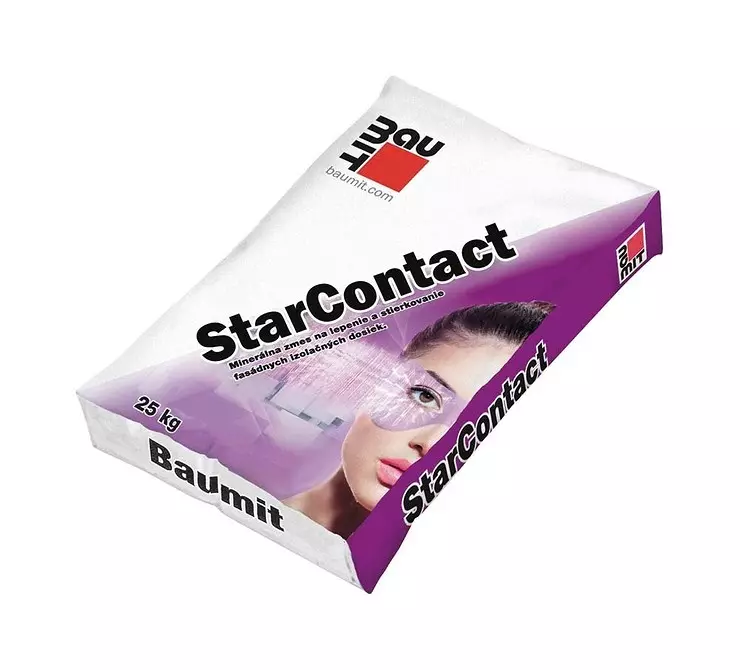
StarContAcT (Baumit) (UE. 25 kg - 623 rubles.)
Finishing plaster and paint besides the safety of thermal insulation affect the aesthetics of the facade and can even give it special properties, including additional resistance to mechanical damage, the effect of self-cleaning or high color durability.
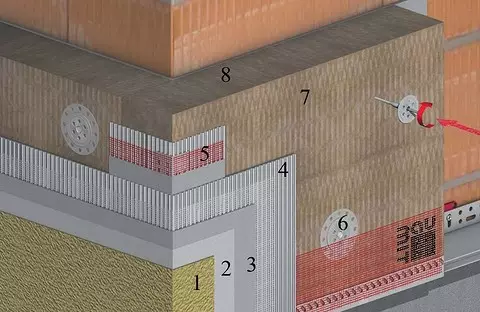
Facade insulation scheme Baumit Starsystem Mineral
1 - decorative plaster;
2 - white decorative plaster;
3 - soil;
4 - front fastener;
5, 8 - adhesive and basic plaster;
6 - Tarbed dowel;
7 - Plates of mineral insulation
The process of insulation facade in the photo
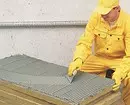
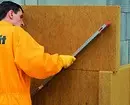
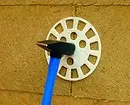
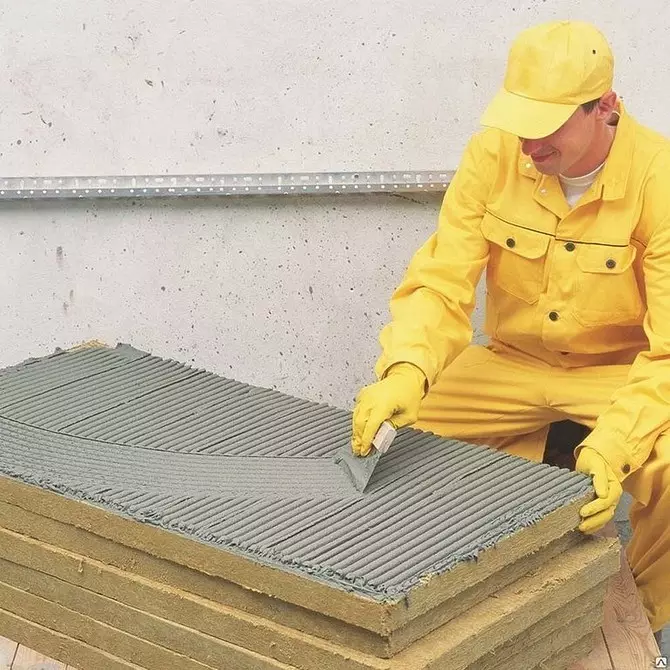
The dry plaster-adhesive mixture is added to the water, constantly stirring the mixer to a homogeneous mass. The surface of the mineral wool plate is ground with a thin layer of adhesive solution, and then apply it to a beacon or solid method (when the base irregularities, respectively, up to 5 mm or more than 5 mm)
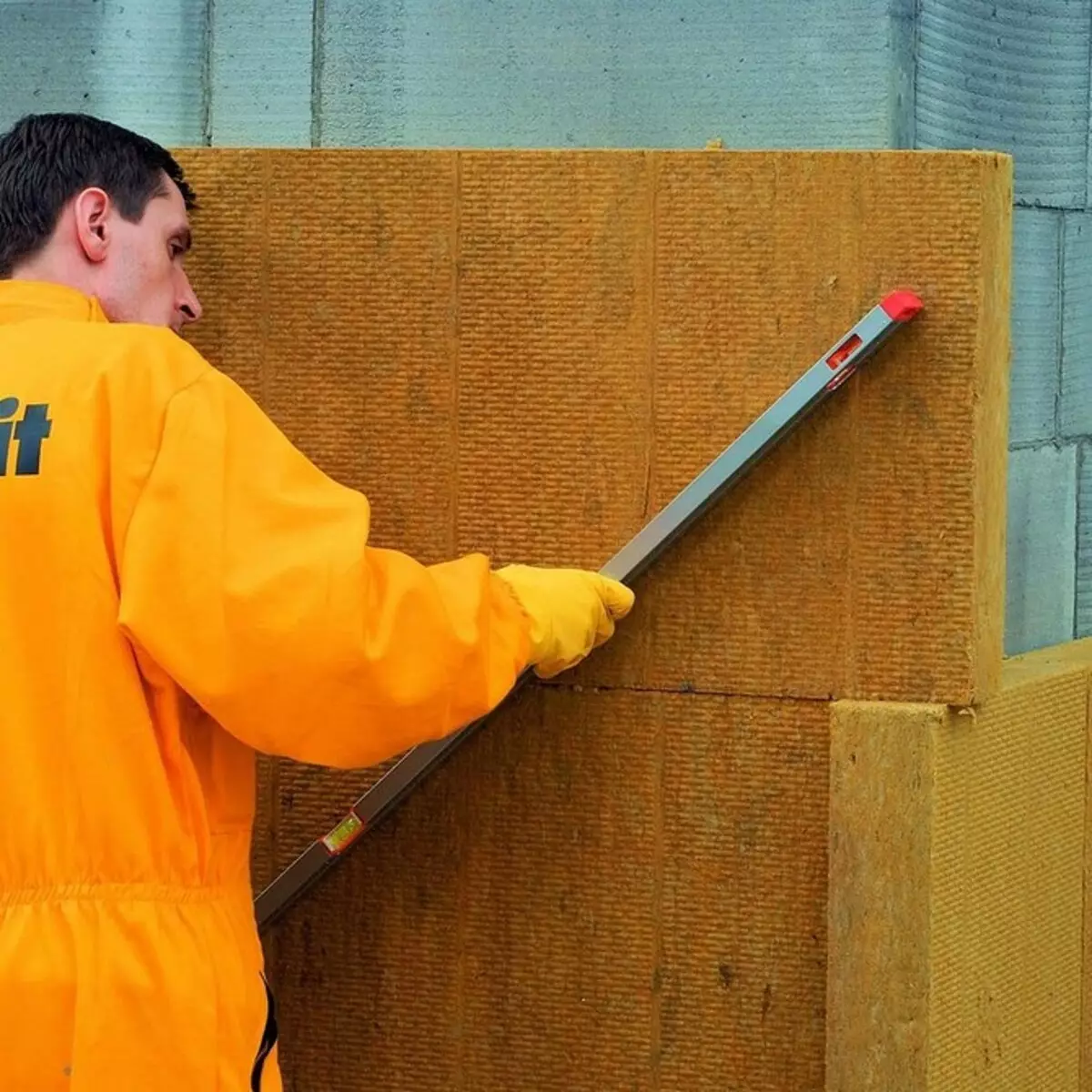
Then the plates are installed on the wall
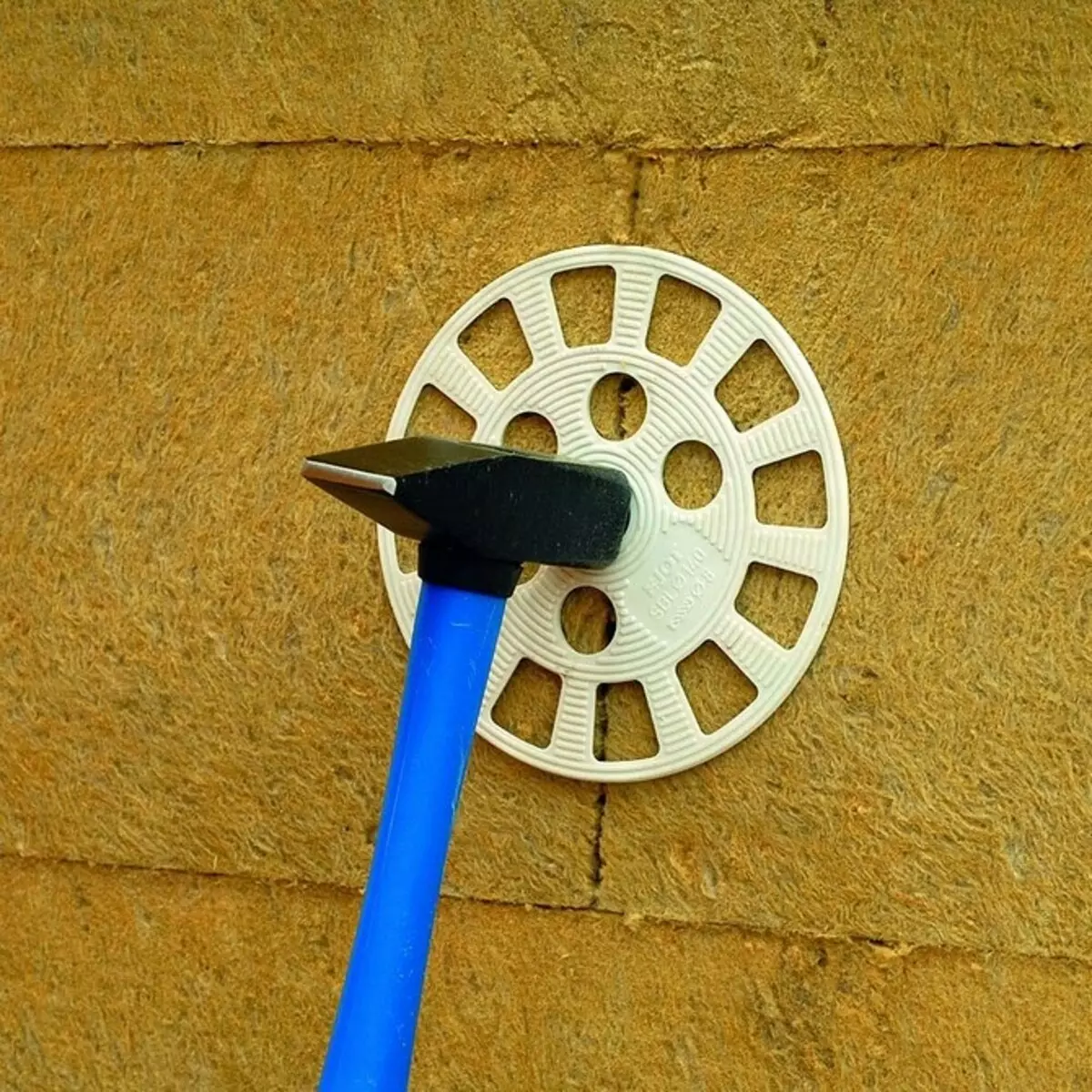
After drying the adhesive composition, insulation slabs fixed mechanical, plate dowels
To choose a complex of materials for a wall cake taking into account the possibilities of the customer will help specialists leading in this area of companies: Teknonikol, "Saint-Goben", Baumit, Ceresit.

Boris Seconds, Deputy General Director for Technical Support Baumit
If you design a facade heat-insulating composite system in advance (SFC), many problems in the future can be avoided. Its advantages are not limited to maintaining the optimal temperature in the house and lower heating costs. SFTK prevents the emergence of intensive convection in the house due to a large difference in air temperature and wall surfaces (more than 3 ° C). In addition, in residential premises it is easier to maintain a balanced and healthy microclimate. After all, with good thermal insulation, there is no need for enhanced heating of residential premises in winter, which, as is known, dries room air. Thanks to the correct isolation, it is possible to avoid the occurrence of cold bridges. As a result - no condensate on the walls and, therefore, no mold. And this is another positive effect.
